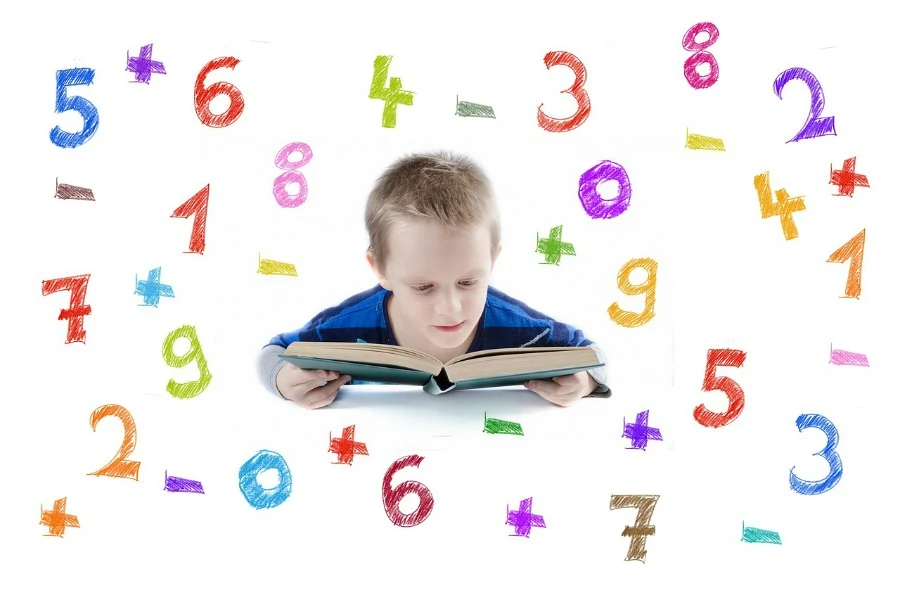This post may contain affiliate links. I only recommend products I use and love. Read the full disclosure here
Last Updated on June 21, 2023 by Alaina
Multiplication is a simple process. 2 x 2 = 4. 4 x 2 = 8. 8 x 2 = 16. Piece of cake, right? So let’s try a more difficult one. 1/2 x 1/3 = ??? Yikes! Now what? That’s exactly how your children may feel the first time they encounter fractions in their arithmetic class at school. But when they come to you for help, which they’re certain to do, you may need to do a quick brush-up on your own multiplication skills, not to mention your fraction skills. So when it comes to learning how to multiply fractions here are some tips that will help.

Multiplication and Fraction Terminology
Both multiplication and fractions have their own respective terminology. For instance, while you write our first example above as 2 x 2 = 4, the way you say it is “two times two equals four.” In other words, that little x stands for “times;” in this example, how many times we are adding the 2 together. So two added together twice equals (is the same as) four.
With fractions, the top number, the one above the fraction line, is called the numerator. The bottom number, the one below the fraction line, is called the denominator. But with fractions, the name of the x changes, or at least has a synonym. For example, in our example above, 1/2 x 1/3 = ???, you can say it two ways: “one-half times one-third equals ???” or “one-half of one-third equals ???” (By the way, the answer is 1/6.)
Doing the Arithmetic
When your child is learning how to multiply fractions, (s)he will need to complete the following three steps:
- Multiply all the numerators together.
- Multiply all the denominators together
- If necessary, simplify the resulting fraction
Which brings us to yet another term. What does “simplify” mean? As its name implies, when you simply a fraction, you reduce it to its simplest form. For instance, take the fraction 8/12. You can divide both the numerator and the denominator by two, giving you 4/6. But you can simplify even further, since you can still divide the numerator and the denominator by two, giving you 2/3.
Now you’ve simplified this fraction as far as you can since there are no more numbers other than 1 that can be divided into both the numerator and the denominator equally. Or you could have saved a step and just divided the numerator and the denominator by 4 to begin with. No matter how you do it, in its most simplified form, 8/12 = 2/3,
Practice, Practice, Practice
When it comes to multiplying fractions, the key is to practice, practice, practice. Your children need not be limited to their school assignments. You can choose from a variety of online sources to help them practice their skills. Some of these websites even offer do-it-yourself worksheets where you can design your own worksheets based on:
- Difficulty of the problems
- Which numerators and denominators you want to use
- How many problems you want the worksheet to contain
- Which language you want the problems written in, English or something else
Bottom line, learning how to multiply fractions isn’t all that difficult. Your kids may even find it to be fun. After all, it really is just another type of puzzle for them to solve.
